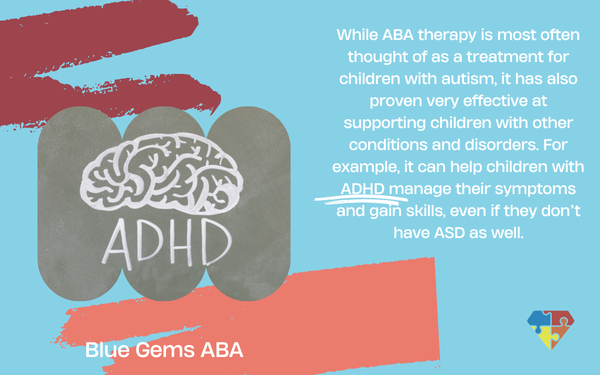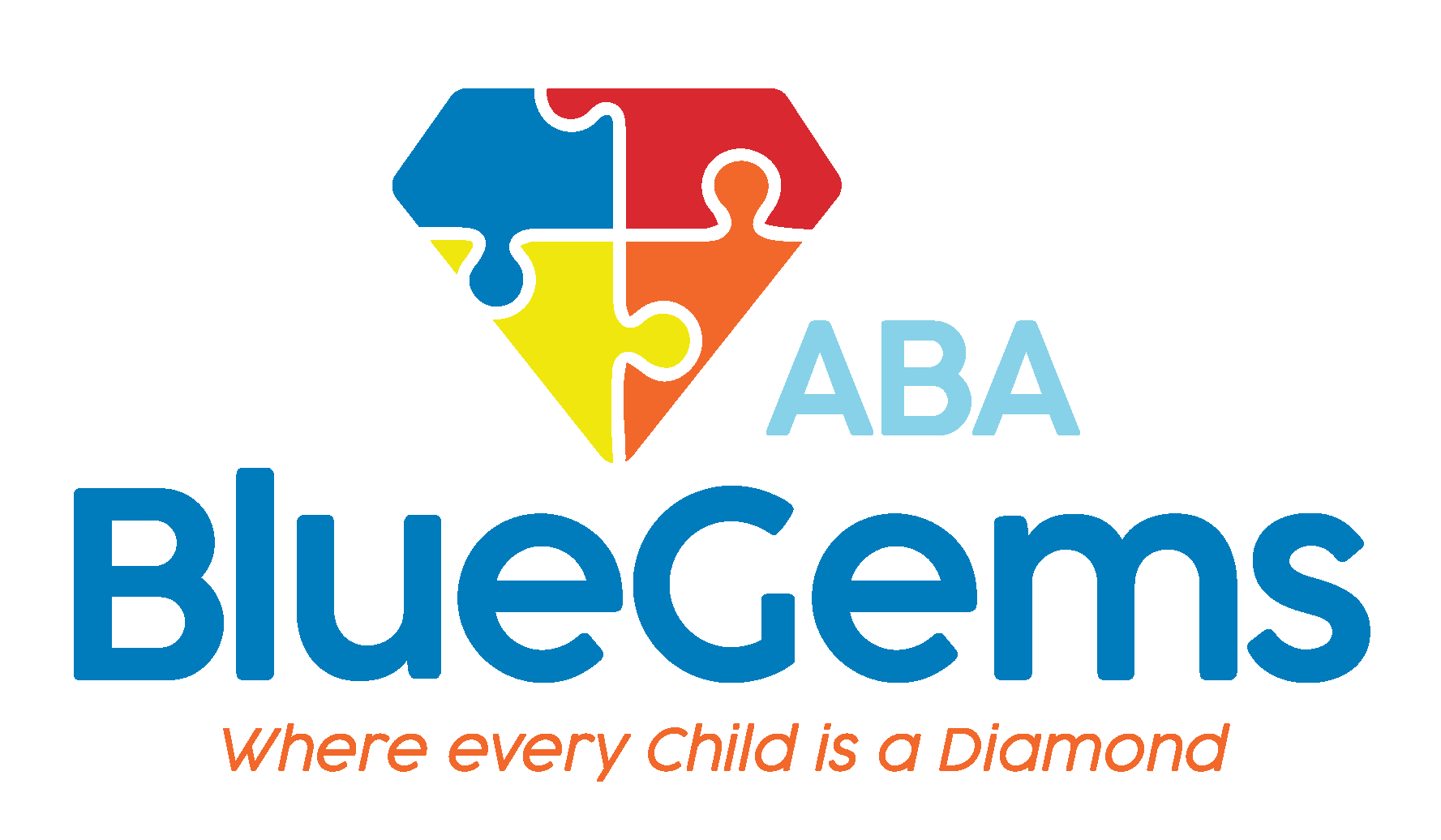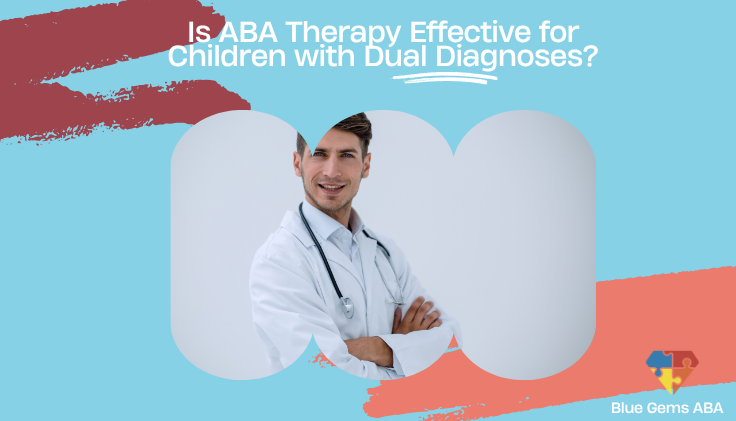Is ABA Therapy Effective for Children with Dual Diagnoses?
Applied behavior analysis (ABA therapy) is commonly considered to be the most effective treatment option for children with autism spectrum disorder (ASD). The science-based approach to learning helps children with autism improve their social, communication and daily life skills, while also modifying negative behaviors.
Oftentimes, children on the autism spectrum will suffer from multiple conditions/disorders. Co-occuring conditions, in fact, are quite common for children with ASD, which causes additional challenges to the ones they already face due to their neurodevelopmental disorder.
In these cases, parents may wonder whether ABA therapy is effective for children with dual diagnoses.
We’ll dive deeper into that topic below.
Table Of Contents
What Are Some of the Co-Occuring Conditions with Autism?
Children with autism commonly face co-occurring conditions. This means that in addition to their ASD, they are suffering from at least one other condition and/or disorder.
Some of the most common co-occuring conditions with autism are anxiety and depression, epilepsy, gastrointestinal issues, sleep disorders, ADHD, metabolic disorders and Down syndrome.
There are many different reasons why it’s common for children with autism to have dual diagnoses, though the most effective approach at providing support is unaffected by the reason.
Is ABA Therapy Effective for Children with Dual Diagnoses?
While ABA therapy is most often thought of as a treatment for children with autism, it has also proven very effective at supporting children with other conditions and disorders. For example, it can help children with ADHD manage their symptoms and gain skills, even if they don’t have ASD as well.

A main reason for this is that ABA therapy isn’t a static plan for all. It’s a very flexible and personalized approach to treatment that involves creating a plan that’s tailored to each individual’s unique strengths, challenges and preferences.
Because of this, ABA therapy can be catered to whatever needs a child may have, regardless of why those needs exist. In other words, the ABA therapy team will assess the child’s overall developmental milestones, skills and behaviors and then provide targeted strategies and tools to best support the child.
How Does ABA Therapy Support Children with Dual Diagnoses?
The approach to ABA therapy is always the same, regardless of a child’s diagnosis and the severity of their symptoms. In other words, the treatment approach is consistent and constant for all individual patients, which is why it works.
The core principles of ABA therapy are to meet patients where they are at and help them learn the skills and behaviors that will best help them thrive in life.
ABA therapy teams will integrate positive reinforcement into all treatment plans for all patients. The reward that is given to children for successful attempts and/or exhibitions of skills or behaviors will be based on the preferences of that child.
For instance, if the child responds well to extra praise or time with a special toy, that can be used as the positive reinforcement tool. The idea behind it is to keep children engaged in the treatment and motivated to keep learning and exhibiting those skills and behaviors in the future.
As therapists engage with the child using various strategies and tools to teach, they will be collecting a wealth of data, which will be analyzed later to assess the child’s progress toward their goals. This data will help inform the therapy team whether goals and/or the treatment plan need to be adjusted in any way.
Again, the goals that are set for the child — and the strategies and tools that form the foundation of the plan — will be based on the child’s unique needs, strengths, challenges and preferences. These things are all independent of the child’s actual diagnosis, which is a key reason why ABA therapy can be successful for children with dual diagnoses.
Blue Gems ABA Serves Children with a Variety of Diagnoses
ABA therapy is most closely associated with children with ASD, though it is also extremely effective for children with other diagnoses or dual diagnoses. Following the core principles and strategies of the treatment, therapists can help children from all walks of life gain skills and modify behaviors.
At Blue Gems ABA, we serve children with a variety of diagnoses, helping them to build the communication, social and daily life skills with which they may struggle. In doing so, we help children grow to live happy, healthy and productive lives as independently as possible.
To learn more, please contact us today.




